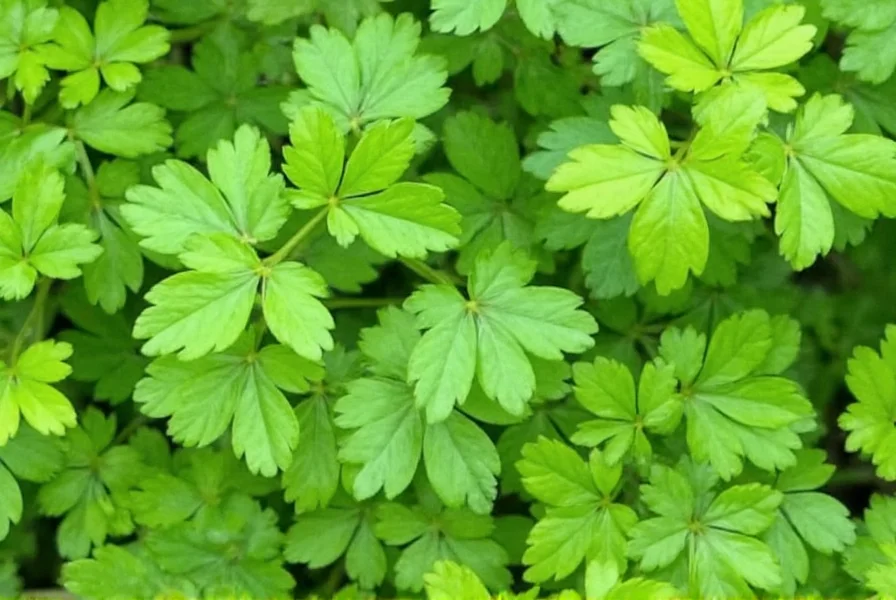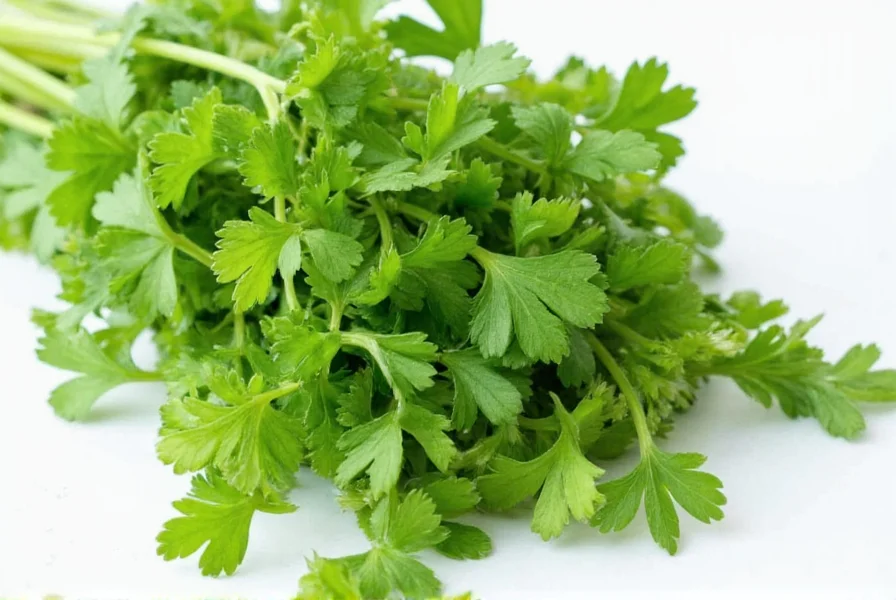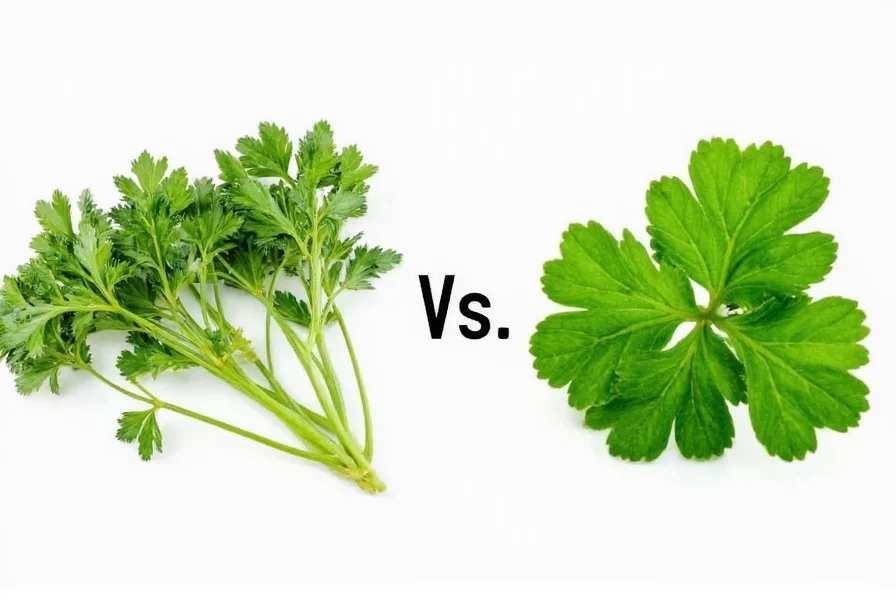Understanding the distinction between coriander and cilantro resolves countless cooking dilemmas and recipe misunderstandings. This botanical reality check reveals how regional language differences transform a single herb into what appears to be two separate ingredients.
The Botanical Reality Behind Coriander vs Cilantro
Coriandrum sativum, commonly known as Chinese parsley or dhania, produces both the fresh herb and aromatic seeds that have different names across English-speaking regions. The plant's versatility explains why cooks worldwide utilize different parts for distinct culinary purposes.
The fresh green component—whether called cilantro in the United States or coriander leaves in the UK—offers a bright, citrusy flavor that many describe as polarizing. Meanwhile, the dried seeds, universally called coriander seeds, provide warm, nutty notes essential to spice blends from curry powders to pickling mixes.
| Region | Leaves/Stems | Seeds | Whole Plant Reference |
|---|---|---|---|
| United States & Canada | Cilantro | Coriander | Rarely used |
| United Kingdom & Commonwealth | Coriander (leaves) | Coriander (seeds) | Coriander |
| Mexico & Latin America | Cilantro | Comino (often confused) | Cilantro |
| India & South Asia | Dhaniya (leaves) | Dhaniya (seeds) | Dhaniya |
Why the Coriander vs Cilantro Confusion Persists
The linguistic divide stems from Spanish influence in the Americas. \"Cilantro\" derives from the Spanish word for the fresh leaves, while British colonists maintained the Latin-based \"coriander\" for the entire plant. This historical divergence created today's regional terminology split that challenges home cooks following international recipes.
When examining cilantro vs coriander in recipes, consider the dish's origin. Mexican recipes calling for \"cilantro\" mean the fresh leaves, while Indian recipes specifying \"coriander\" might refer to either leaves or seeds depending on context. Understanding this distinction prevents recipe disasters when substituting one for the other.

Culinary Applications: Fresh vs Dried
The fresh leaves (cilantro/coriander leaves) work best added at the end of cooking or as garnish, as heat diminishes their delicate flavor. These vibrant greens feature prominently in salsas, guacamole, chutneys, and Southeast Asian noodle dishes.
Conversely, coriander seeds benefit from toasting to release their complex aroma before grinding. These warm, citrus-tinged spices form the backbone of curry blends, baked goods, and pickling solutions. The essential oil composition differs significantly between fresh leaves (high in aldehydes) and seeds (rich in linalool), explaining their distinct flavor profiles.
Substitution Guidance for Coriander vs Cilantro
When recipes call for fresh cilantro but you only have coriander seeds (or vice versa), proper substitution requires understanding their flavor differences. For fresh cilantro replacement, consider:
- Parsley with a squeeze of lime (for garnishes)
- Basils or mint in Southeast Asian dishes
- 1 teaspoon coriander seeds = 2 tablespoons fresh cilantro (when converting dried to fresh)
Remember that dried coriander leaves (sometimes sold as \"coriander leaf\") bear little resemblance to fresh cilantro in flavor and texture. These dehydrated versions work better in spice rubs than as fresh herb substitutes.
Navigating International Recipes
When following recipes from different culinary traditions, watch for contextual clues about whether \"coriander\" means the fresh herb or dried seeds:
- \"Chopped coriander\" in a British recipe = fresh leaves
- \"Coriander seeds\" or \"ground coriander\" = always the spice
- Recipes specifying \"fresh coriander\" = the herb (US cilantro)
- Mexican recipes never use \"coriander\" for the fresh herb

Common Misconceptions About Coriander vs Cilantro
Several persistent myths complicate understanding the coriander vs cilantro relationship:
- Myth: They're different plants
Fact: Same botanical species (Coriandrum sativum) - Myth: Cilantro tastes soapy to some people because it's a different plant
Fact: The soapy taste perception relates to a genetic variation affecting how people smell aldehydes in the same plant - Myth: Coriander seeds come from a different variety
Fact: All coriander seeds come from the same plant that produces cilantro leaves
Practical Tips for Home Cooks
Mastering the coriander vs cilantro distinction improves your cooking accuracy:
- Grow your own coriander plant to harvest both fresh leaves and seeds
- Freeze fresh cilantro in oil to preserve flavor longer
- Toast coriander seeds before grinding for maximum flavor release
- When substituting, adjust quantities—fresh leaves have more intense flavor than dried seeds
Frequently Asked Questions
Is cilantro just another name for coriander?
Cilantro specifically refers to the fresh leaves and stems of Coriandrum sativum in American English, while coriander typically refers to the dried seeds. In British English, coriander describes the entire plant including leaves, creating the regional terminology difference that causes confusion between coriander vs cilantro.
Can I substitute coriander seeds for fresh cilantro in recipes?
You cannot directly substitute coriander seeds for fresh cilantro as they have dramatically different flavor profiles. For every tablespoon of fresh cilantro, use approximately 1 teaspoon of ground coriander seeds plus a squeeze of lime juice to approximate the citrus notes, but recognize this won't replicate the fresh herb's texture and bright flavor.
Why do some people think cilantro tastes like soap?
Approximately 21% of people possess a genetic variation that makes them perceive certain aldehydes in cilantro (the fresh leaves of Coriandrum sativum) as soapy. This genetic trait affects how the brain processes the same chemical compounds that most people experience as citrusy and fresh. The soapy taste perception applies to both cilantro and coriander leaves since they come from the same plant.
Does coriander mean the same thing in all English-speaking countries?
No, coriander has different meanings across English dialects. In the United States, coriander refers exclusively to the dried seeds, while in the UK and Commonwealth countries, coriander describes the entire plant including fresh leaves (what Americans call cilantro). This regional terminology difference explains much of the confusion around coriander vs cilantro terminology.
Can I grow cilantro and get coriander seeds from the same plant?
Yes, you can harvest both fresh cilantro leaves and coriander seeds from the same Coriandrum sativum plant. Allow some plants to flower and produce seeds after harvesting the leaves. The seeds ripen about 45 days after flowering and can be dried for use as coriander spice. This demonstrates practically that cilantro and coriander come from the same botanical source.











 浙公网安备
33010002000092号
浙公网安备
33010002000092号 浙B2-20120091-4
浙B2-20120091-4